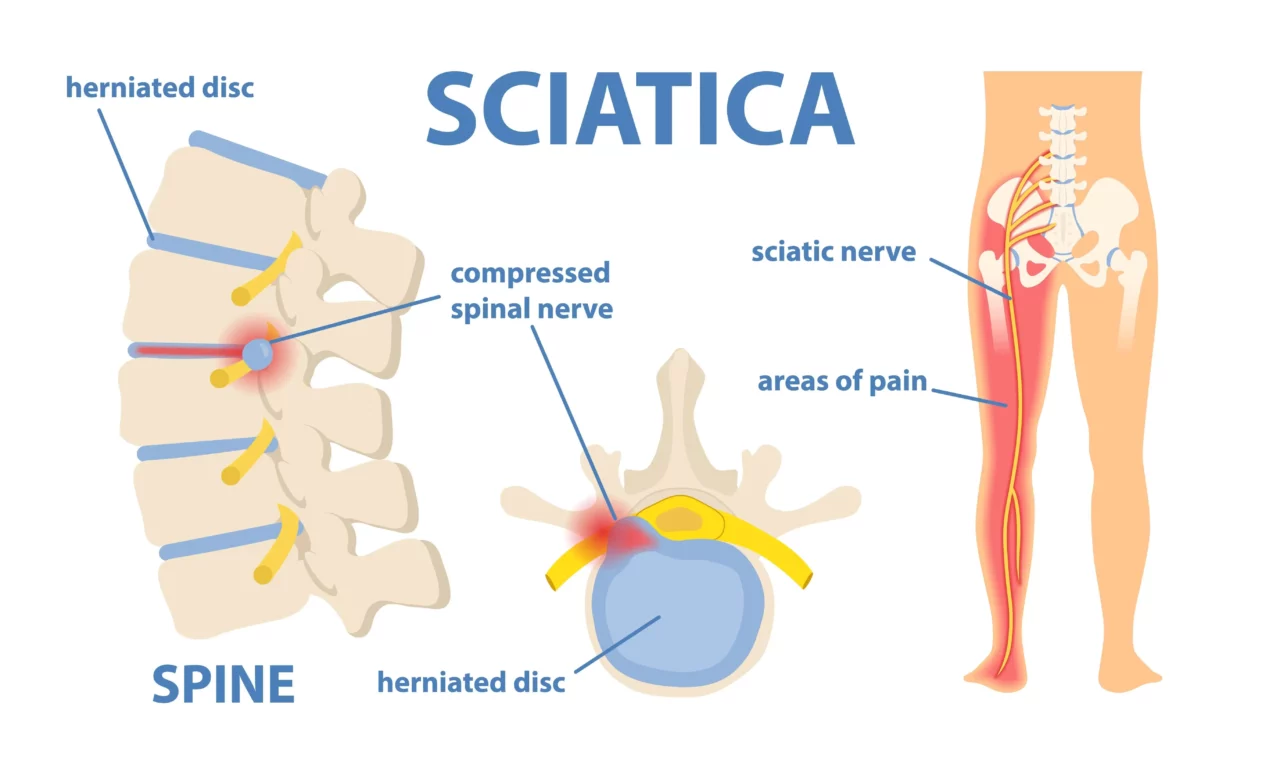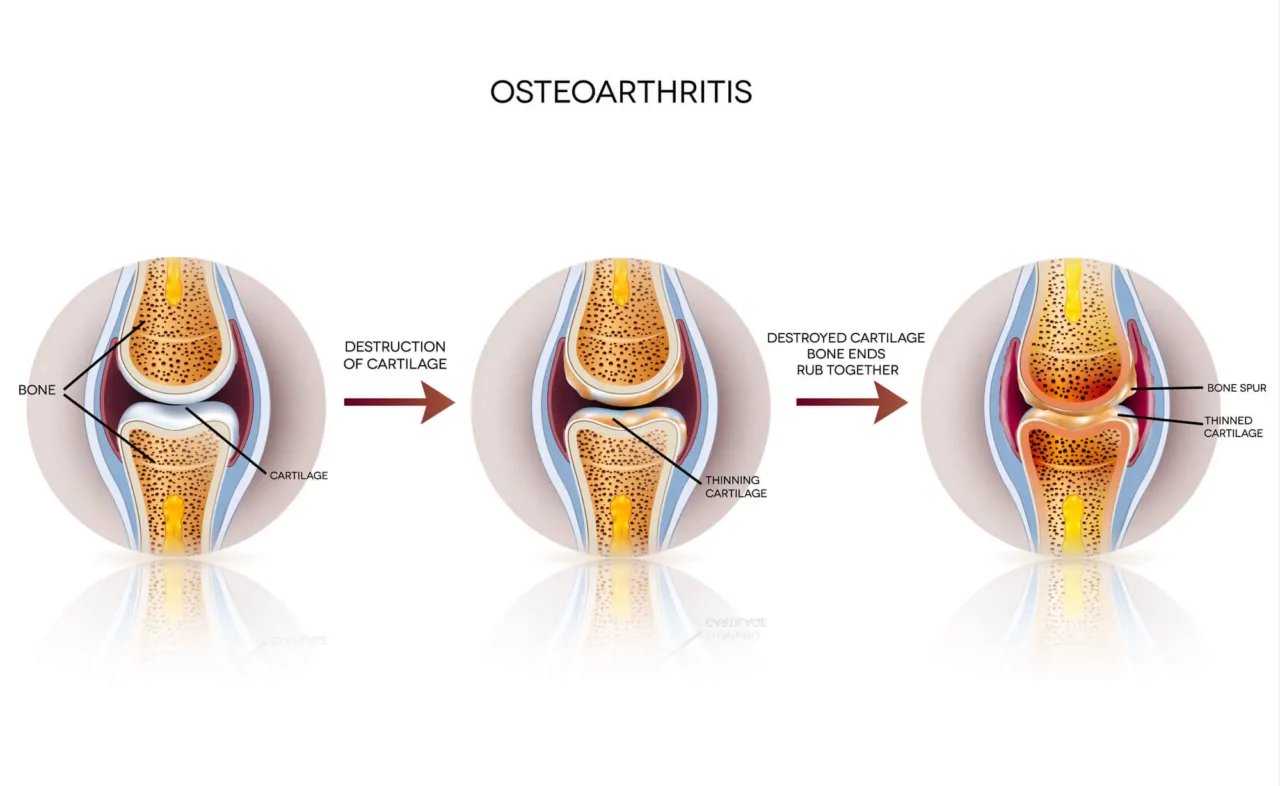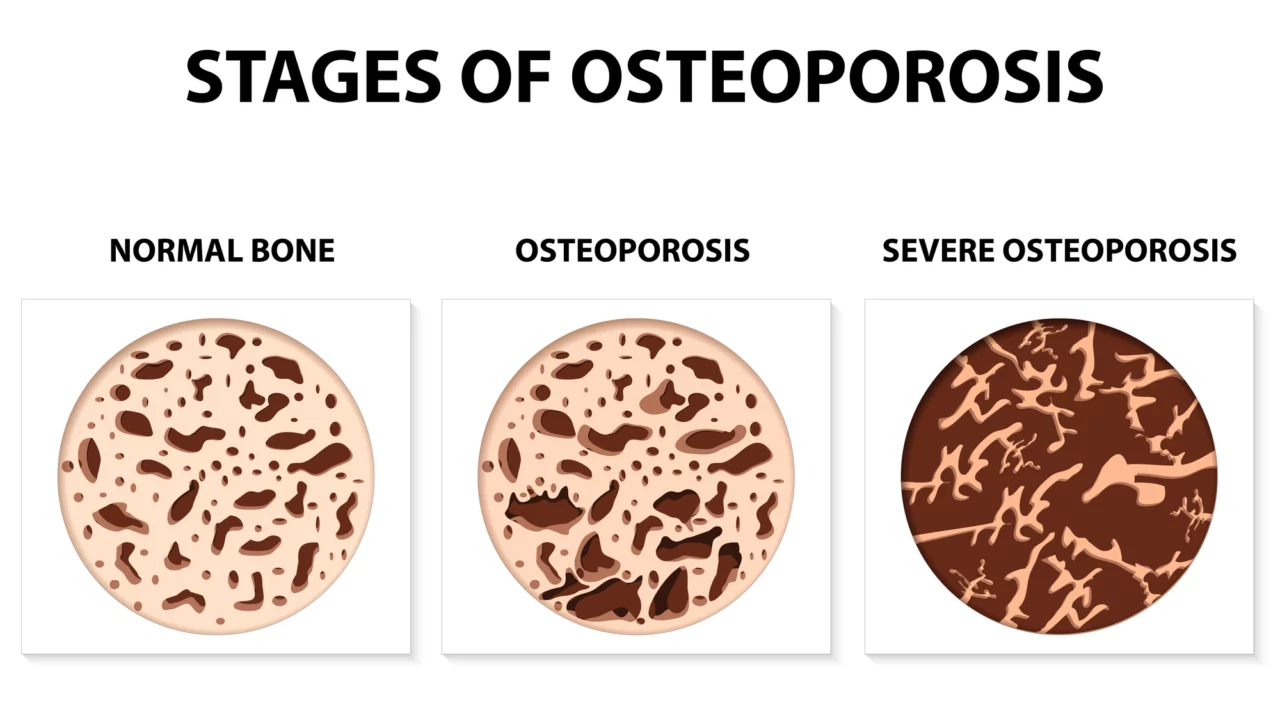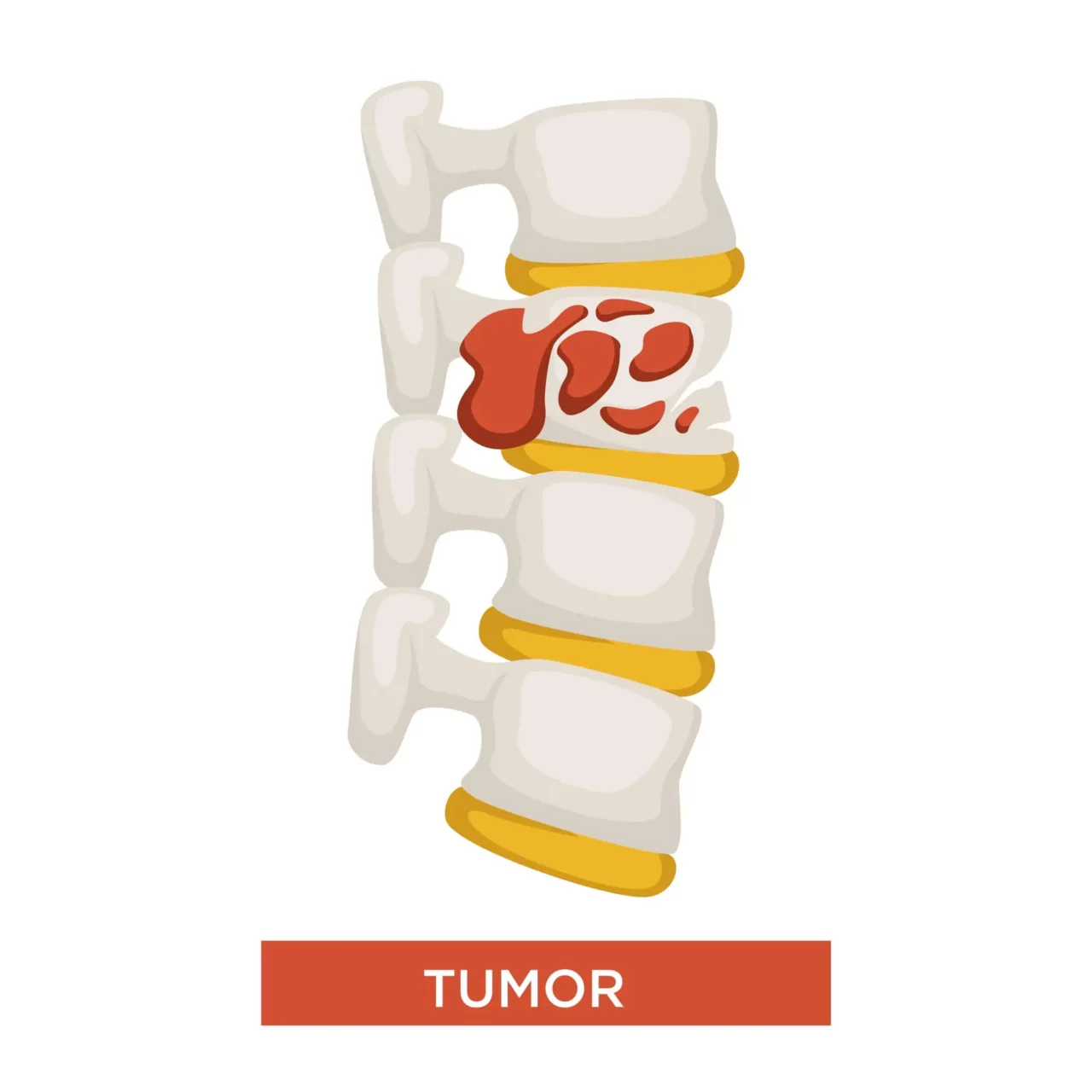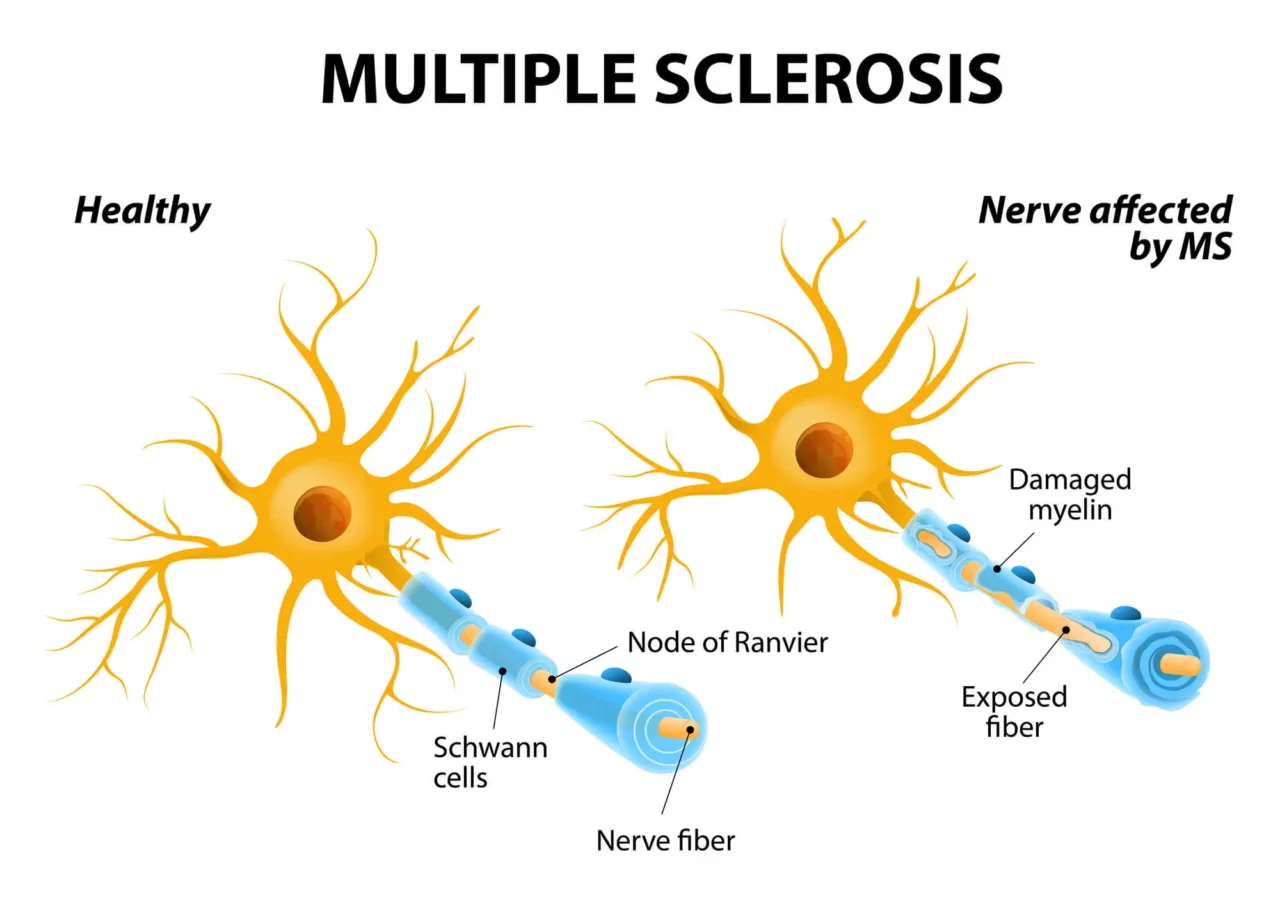How Chronic Severe Pain Contributes To Lower Body Movement Impairment
Conditions causing chronic pain can severely damage joint components, limiting your mobility.
For instance, in arthritis patients, prolonged inflammation wears down joint cartilage, exposing bones to friction and damage. Over time, these degenerative changes can affect body mechanics, restricting lower body movement.
Chronic pain’s impact on movement also involves a psychological aspect. A 2022 study found that when people anticipate or feel pain while moving, they alter their movement or avoid it entirely, leading to significant movement deficits. This can develop into pain-related movement dysfunction (PRMD), persisting even after the pain subsides.
Conversely, insufficient movement can exacerbate chronic pain. Avoiding movement to prevent pain can lead to muscle atrophy and complications such as diabetes and obesity, which worsen pain and further limit mobility.
It’s important to distinguish between loss of movement due to chronic pain and paralysis. Movement loss can result from nerve damage or severe pain discouraging movement. Paralysis, a neurological condition affecting 1.7% of the US population, results from brain or spinal cord damage. When paralysis affects the lower limbs, it’s called paraplegia, which can be temporary or permanent depending on the cause.
Another condition affecting movement is ataxia, which impairs coordination and muscle control due to cerebellum damage. For those with ataxia, even simple tasks like picking up an object can be challenging.
Understanding the difference between paraplegia and movement loss from chronic pain helps in seeking appropriate treatment. At NextPain Care, we start with minimally invasive treatments to provide effective pain relief with minimal disruption. If needed, we explore advanced options, ensuring comprehensive care tailored to your needs.
We strive to create a compassionate and positive environment, empowering patients to focus on their healing journey and restoring their mobility.
Medical Conditions Causing Motion Inhibition
Persistent pain conditions impact so many adults in the US alone, and while the symptoms and causes of these conditions vary, they share a common effect: reduced mobility.
Sometimes, this loss of movement results from mechanical issues or traumatic injuries. More often, people with these conditions move less due to the fear of pain triggered by movement.
Here, we’ll explore common conditions that can diminish your ability to move your limbs or coordinate lower body movements.
Low Back Pain
Sciatica
Over 40% of people experience sciatica at least once in their lifetime, making it one of the most common causes of back pain. Sciatica is caused by a pinched nerve in the lower back, leading to intense chronic pain that radiates from the back to the hips and legs.
The pain, often described as sharp or stabbing, typically affects only one side of the body and can intensify after periods of sitting or when sneezing. Sciatica can be effectively managed with non-pharmaceutical and non-invasive therapies, alongside stretching, exercise, and rest.
In addition to pain, sciatica can cause leg numbness and weakness, potentially resulting in temporary loss of movement. This occurs because the pinched nerve disrupts the normal transmission of motor and sensory signals between the legs, spinal cord, and brain.
It is crucial to seek emergency care if you experience sudden intense leg pain combined with severe weakness and loss of bowel or bladder control. These symptoms may indicate cauda equina syndrome, a serious condition where several nerve roots in the lumbar and sacral regions of the spine are compressed or damaged. Cauda equina syndrome is a neurosurgical emergency requiring immediate surgery to prevent permanent neurological dysfunction.
Osteoarthritis
Osteoarthritis is the most common form of arthritis, characterized by the degeneration of the cartilage, the soft cushioning between the bones of a joint. As the cartilage wears down, the bones at the joint are left unprotected from shock and friction damage. Over time, this can lead to mechanical issues and damage to surrounding structures, such as ligaments and tendons.
Osteoporosis
Osteoporosis, often called “the silent disease,” can go undetected for years without causing symptoms. This condition occurs when bones lose mass and density. As a result, the holes or gaps in the bone’s internal honeycomb-like structure increase, making the bones fragile and prone to fractures.
People with osteoporosis frequently receive a diagnosis and begin treatment only after minor bumps or actions, such as coughing, lead to a fracture. Beyond fractures, osteoporosis can cause significant movement problems.
Fractures from osteoporosis can lead to periods of immobilization, particularly when they affect the spine, ribs, pelvis, and hips. Over time, osteoporosis can also impact posture and alter the spine’s curvature, significantly limiting flexibility and the ability to move limbs freely.
Disc Injuries
The spine consists of 33 vertebrae, with an intervertebral disc positioned between each pair. These discs have two parts: a tough outer ring of cartilage and a gel-like core.
The outer ring is flexible and resilient, allowing the spine to move easily. However, factors such as age-related degeneration, injury, overuse, poor spine mechanics, and excessive stress can weaken this outer wall. When this happens, it can lead to conditions like slipped discs, disc tears, and herniated discs, where the inner gel-like core begins to protrude from the spinal column.
Herniated discs can cause pain and impact your lower body movement. This occurs when the protruding disc irritates and compresses nearby nerve roots, disrupting normal motor and sensory signals. Symptoms of a herniated disc include pain and numbness, often radiating down the leg, muscle weakness, and tingling or burning sensations.
Spinal Cord Injury
Spinal cord lesions can be a significant cause of back pain and movement loss. These lesions are abnormal tissue growths, either cancerous or noncancerous, that develop in or around the spinal cord.
As these growths expand, they can compress and irritate the nerves in the spinal column, disrupting the transmission of motor signals between the brain and limbs. This pressure can lead to lower body weakness, tingling sensations, and numbness.
Non-traumatic spinal injuries, such as those caused by arthritis, aging, inflammation, infection, or disc degeneration, can also affect nerve function. Additionally, traumatic injuries like a broken spine or neck can result in severe conditions such as paralysis and paraplegia.
Multiple Sclerosis
Multiple sclerosis (MS), affecting over 2.8 million people globally, is the most common disabling neurological disorder. MS occurs when the immune system mistakenly attacks and damages myelin, the protective sheath surrounding nerves. This condition primarily impacts the central nervous system, including the brain and spinal cord.
Muscular Dystrophy
Muscular dystrophy refers to a group of inherited disorders caused by genetic mutations. These abnormal genes hinder the body’s ability to produce the proteins necessary for forming and maintaining healthy muscles.
Individuals with muscular dystrophy, including Duchenne and Becker muscular dystrophy, experience a progressive loss of muscle mass and strength. Common symptoms include frequent falls, unsteady gait, muscle pain, learning disabilities, and delayed growth. Over time, these conditions can lead to increased disability and significantly impact every aspect of a person’s life.
Although there is no cure for muscular dystrophy, various treatments can help slow the disease’s progression and manage symptoms, improving patients’ quality of life.
Traumatic Brain Injury
A traumatic brain injury can have a severe impact on the central nervous system, disrupting the nerve connections between the brain and various parts of the body. If you have sustained a neck fracture or severe head trauma, your brain may struggle to receive nerve signals related to movement, resulting in loss of movement, impaired coordination, and reduced muscle control.
The specific area of the brain affected by the trauma will determine the range of muscle movement disorders you may experience. These can include muscle weakness, paralysis, tremors, loss of balance, uncontrollable twitching, spasms, and motor impairments such as dystonia and apraxia.
Consulting with a specialized neurologist is essential for obtaining an accurate diagnosis and an appropriate treatment plan for your condition.
Alleviate Painful Symptoms From These Conditions With NextPain Care

Sciatica Pain Treatment
Sciatica can cause intense pain and discomfort, making daily activities challenging. At NextPain Care, we provide a comprehensive approach to managing sciatic pain and associated symptoms, offering treatments designed to improve your comfort and mobility over...

Osteoporosis Pain Treatment
Although osteoporosis doesn't directly cause chronic pain, it can lead to conditions such as bone fractures, joint pain, and nerve damage that result in chronic pain. This pain can be debilitating. At NextPain Care, we manage osteoporosis with our three-level...
What Steps To Take At Home When It’s Too Painful To Move
If your loss of movement is connected to a persistent pain condition such as osteoarthritis, low back pain, or a pinched nerve, some home remedies can help. With the assistance of a loved one or caregiver, you can use the following treatments to ease pain and maintain your daily routine.
- Rest: Rest, often with splinting, can ease pain caused by overuse, injury, or excessive stress. For example, if you have a pinched nerve, resting from activities that may aggravate the compression can help restore nerve functionality and regain sensory and movement functions.
- Ice: Ice is recommended for treating acute or recent injuries by addressing inflammation. Applying ice slows down blood circulation around the injured area, reducing swelling, heating, and redness. This action can help restore some of your movement capabilities.
- Temporary Pain Reliever: Over-the-counter medications can temporarily ease pain, especially during flare-ups.
Alternative remedies such as acupuncture and massage therapy have been effective in easing painful sensations, stimulating the release of endorphins (the body’s natural painkillers), and improving the range of motion.
Why Immediate Medical Care Is Essential
Low back pain, pinched nerves, and degenerative conditions such as osteoarthritis or osteoporosis are very common. If you have a gradual loss of movement or sensation in your lower body due to these conditions, it is important to find a treatment plan that addresses the root cause of your symptoms.
Seek immediate medical attention if you experience a sudden or severe loss of movement, especially if it is accompanied by symptoms like loss of bladder or bowel control, difficulty speaking, vision changes, severe headaches, balance issues, or trouble walking.
These symptoms may signal severe conditions such as a stroke or paralysis. Early detection and treatment can help prevent permanent loss of movement, brain damage, or disability. In some cases, getting emergency care promptly can even save your life.
Diagnostic Approaches For Loss Of Movement Abilities
If you experience loss of movement in your lower body, obtaining an accurate diagnosis to identify the cause of your condition is crucial. The National Institutes of Health (NIH) reports that new cases of chronic pain are more common than other chronic conditions such as depression, diabetes, and hypertension. Moreover, 61% of chronic pain cases persist for over a year, and 19% progress to high-impact chronic pain (HICP), leading to disability.
To diagnose the underlying cause of your loss of movement, your healthcare provider may use a variety of diagnostic tools, including:
- Reviewing your medical history
- Conducting a comprehensive physical exam
- Assessing your symptoms
- Performing imaging tests like MRIs and X-rays
- Conducting bone scans and bone density tests
- Completing blood work
- Administering nerve conductivity tests
- Performing neurological exams
These tests can also detect anomalies, such as tumors, that may be pressing on your spine and causing chronic pain.
Conventional Healthcare Treatments
As seen above, loss of movement in your lower body may indicate a severe underlying pain condition. To help restore your ability to move your legs, feet, and hips, your healthcare provider may recommend several treatments targeting the root cause of the pain.
These treatments include:
- Medications: Non-steroidal anti-inflammatory drugs (NSAIDs) and prescription medications are often considered the first line of treatment for chronic pain.
- Physical Therapy: If you are dealing with a degenerative condition like osteoporosis or recovering from an injury, physical therapy can improve muscle strength, flexibility, and coordination. Working with a therapist can also help you avoid falls and enhance your range of motion.
- Chiropractic Adjustments: Through spinal manipulation, a chiropractor can help improve spinal motions and correct mechanical problems. During chiropractic treatments, a specialist applies a sudden but controlled force to a joint to restore its function. This therapy may help with low back pain, pinched nerves, and joint pain.
- Osteopathic Manipulation: Osteopathic manipulative treatment (OMT) works similarly to chiropractic adjustments and addresses structural imbalances that cause pain.
- Steroid Injections: Steroids are synthetic versions of hormones naturally found in the body, responsible for calming the immune system and reducing inflammation. They can be beneficial for conditions like osteoarthritis by reducing swelling, redness, and pain for several weeks or months.
- Surgery: Surgery, such as knee or hip arthroplasty, is sometimes recommended when a pain condition or abnormal mechanics have damaged joint components. For example, in osteoarthritis, damaged bones no longer glide smoothly when you move your leg, knee, or hip, leading to severe and progressive loss of movement.
How NextPain Care Addresses Loss Of Movement
Regain Control Of Your Movement Today
Loss of movement can range from distressing to disabling. If you are suffering from chronic pain that inhibits your ability to move, the impact of your condition cannot be overstated. However, relying solely on medications is not enough.
NextPain Care offers innovative treatment options to help restore your body’s ability to move freely, ease the symptoms of chronic conditions, and ultimately enhance your quality of life. We combine conservative therapies, medication management, and evidence-based interventions to help you regain control of your movement and live a more active, fulfilling life.
Whether it’s physical therapy, trigger point injections, or nerve blocks, our comprehensive approach focuses on improving your overall function and reducing pain. Our goal is not just temporary relief but long-term management and improvement of your condition.
Don’t let chronic pain limit your ability to move freely. Contact NextPain Care today and take the first step towards regaining control of your movement.
Chronic, debilitating lower back pain can be effectively treated.


